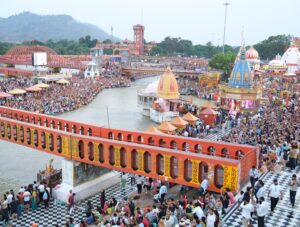Travel Points
- Sightseeing in Buttagaya, a World Heritage Site and sacred Buddhist site where the Buddha attained Buddhist enlightenment!
- Sightseeing in Varanasi, the holy city of Hinduism!
- Wear a sari and visit the Taj Mahal!
- No other passengers are mixed with you. This is a completely private trip!
- Japanese through-guide will guide you.

Tour Highlights Bodh Gaya
Bodh Gaya is one of the most sacred pilgrimage sites for Buddhists around the world as the place where the Buddha attained enlightenment. Located in the eastern Indian state of Bihar, it is said that Buddha attained enlightenment about 2,500 years ago while meditating under the Bodhi tree. The Mahabodhi Temple (Mahabodhi Temple) was built there by King Asoka, and its 50-meter-high stone pagoda and Bodhi tree still welcome visitors. Around the temple are Buddhist temples from all over the world, including Thailand, Myanmar, and Japan, and beautiful monasteries reflecting the architectural styles of each country can be seen.
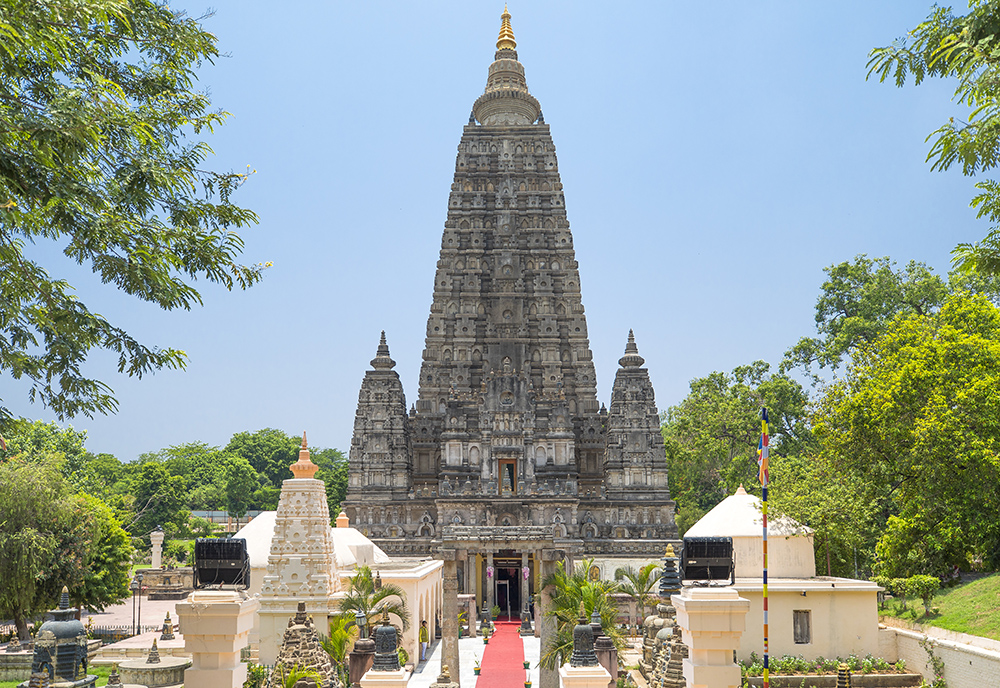
World Heritage Mahabodhi Temple (Mahabodhi Temple)
It is a sacred Buddhist site known as the place where Buddha attained enlightenment. It was built by King Asoka in the 3rd century B.C., and the present building was reconstructed around the 5th or 6th century. Centered around a 50-meter-high pagoda, the temple preserves a Bodhi tree and meditation seat, and is visited by monks and pilgrims from all over the world.
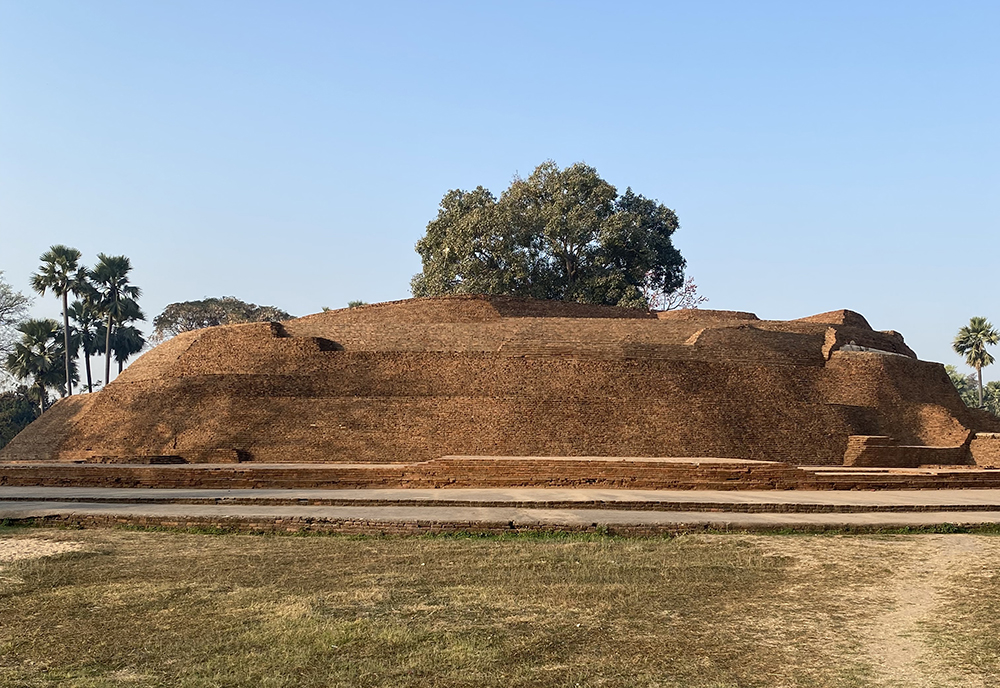
Sujata Village
It is said that just before the Buddha attained enlightenment, when he was weakened by years of ascetic practice, Sujata, a village girl, saved his life by offering him milk porridge (kheer). This incident is said to have been the catalyst for Buddha to give up excessive hardship and find a way to maintain harmony between body and soul. A stupa dedicated to Sujata stands in the village.
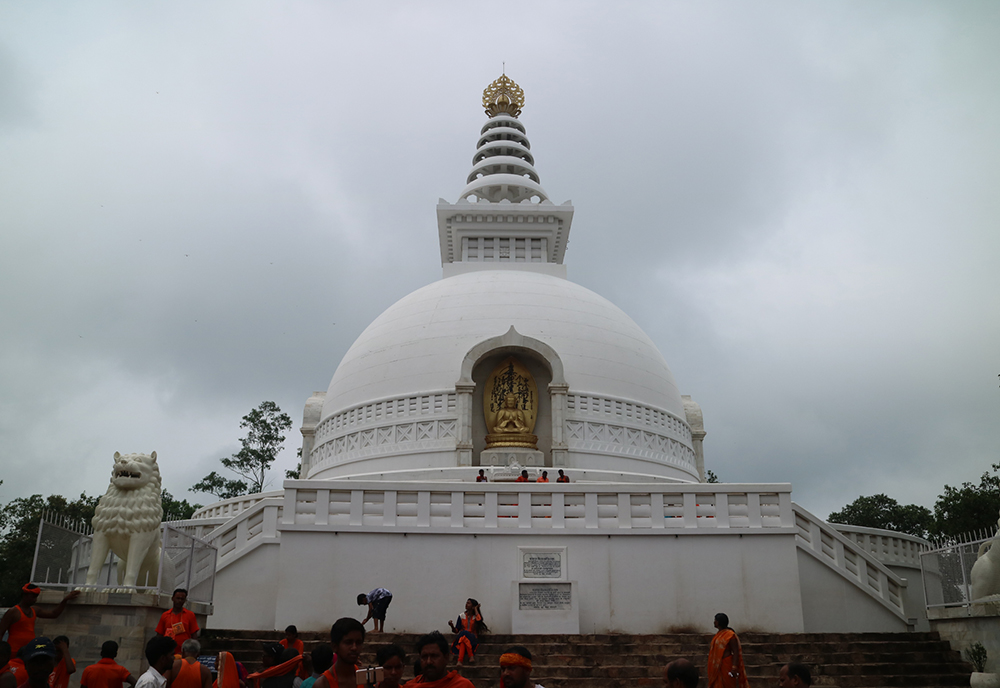
large gill
This is the ancient capital where the Buddha spent much of his life and one of the first places where he preached. It is said that the preaching of the "Lotus Sutra" took place at Mt. Surrounded by the ruins of the ancient Magadha State and hot springs that are still active today, this is a town where Buddhism and history come alive.
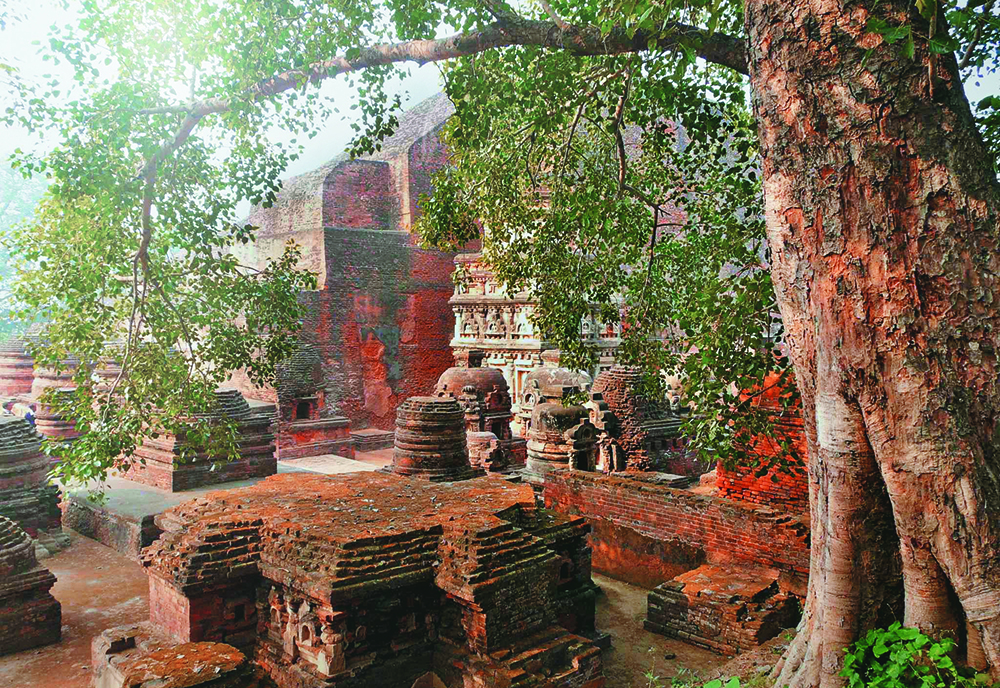
World Heritage Site of Nalanda
The site of one of the world's oldest Buddhist universities, which flourished from the 5th to 12th centuries. Many monks and scholars gathered here to study Buddhist philosophy, medicine, astronomy, and other subjects. The ruins of a red-brick monastery and an auditorium are spread out, and the advanced academic culture of the time is still preserved today.
Tour Highlights Varanasi
Varanasi, the largest sacred city of Hinduism, is considered one of the oldest cities in India and is also believed to be the place created by Shiva, the god of creation and destruction.
In this city where life and death intersect, pilgrims bathe in the Ganges River to purify their karma, and people come to be cremated in the hope of liberation after death.
The entire city is enveloped in religious rituals and prayers, and the fundamental Hindu ideas of karma, reincarnation, and liberation live on in everyday life.
It is a special place for foreigners as well, giving them the opportunity to question what faith means to them.
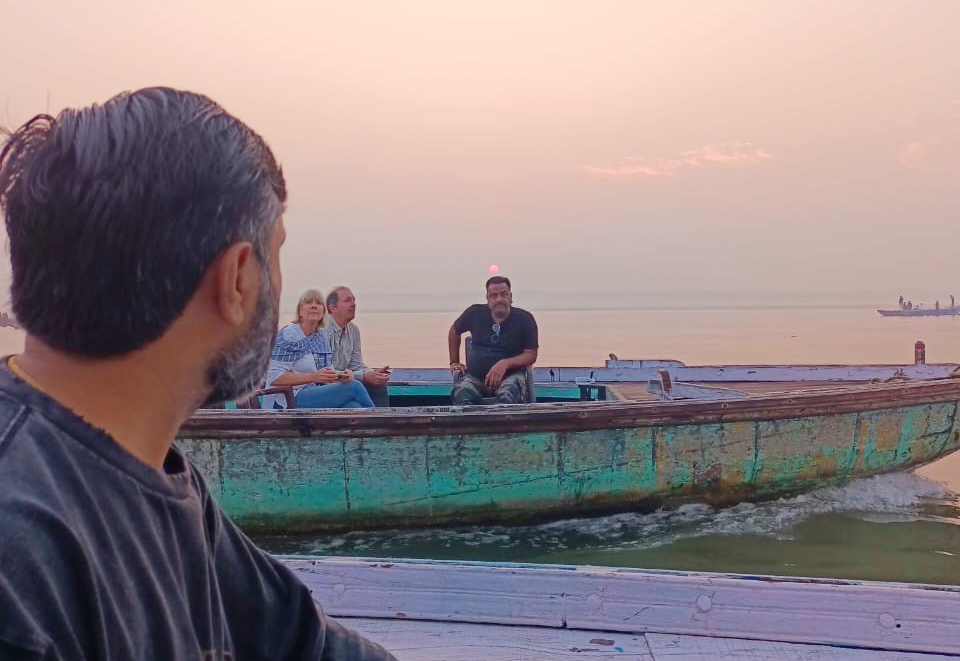
Early morning cruise on the Ganges River
The Ganges River is at its quietest and holiest in the early morning. As you ride the river in a boat, you will see people praying and pilgrims bathing, and you will feel that the river itself is a place of great prayer. It is an experience that shows firsthand the meaning of a holy river that washes away karma.
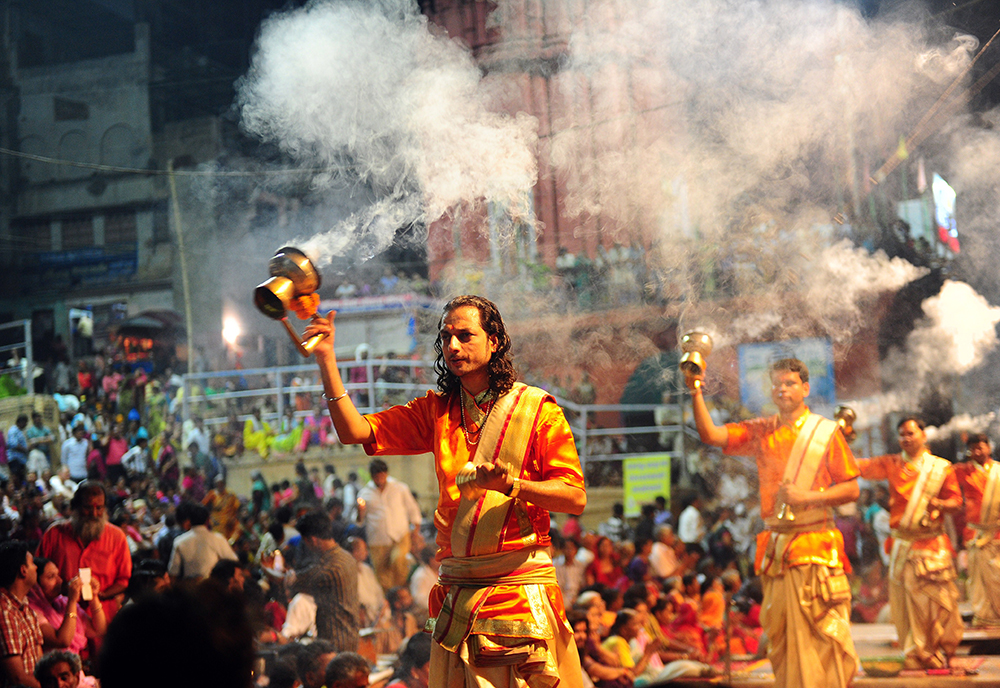
ganger RTI
Ganga Aarti, Varanasi's biggest attraction, is a nightly ceremony held on the banks of the Ganges River. Monks raise fire lamps and offer prayers and thanksgiving to the Ganges River while bells and mantras ring out.
Flames and incense smoke dance in the night sky, and one is struck by the sight of faith made visible.
This moment of purifying karma and surrendering to the divine flow is a deeply memorable experience for everyone.
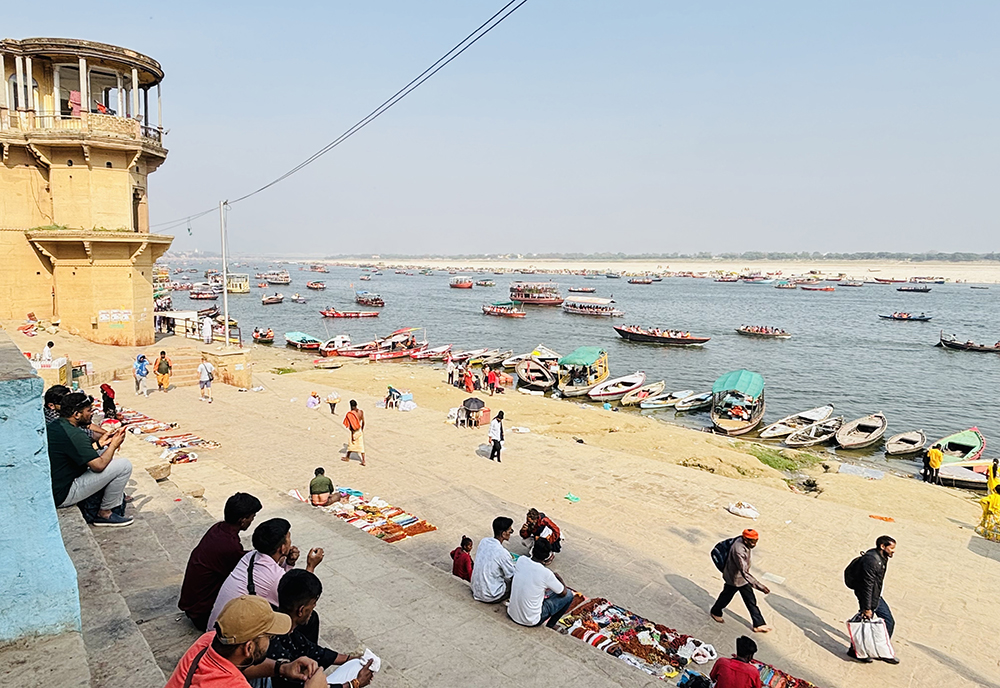
Strolling in the Ghats
The ghats along the Ganges River are where you can experience the “living faith” of Varanasi. Morning and evening ablutions, prayers, festivals, and even washing clothes are integrated with religious practices. At the Manikarnika Ghat, cremations are performed daily, reminding us that death is also a part of the sacred process. It is a deeply impressive walk, where you will encounter a different world of the gods with every step you take.
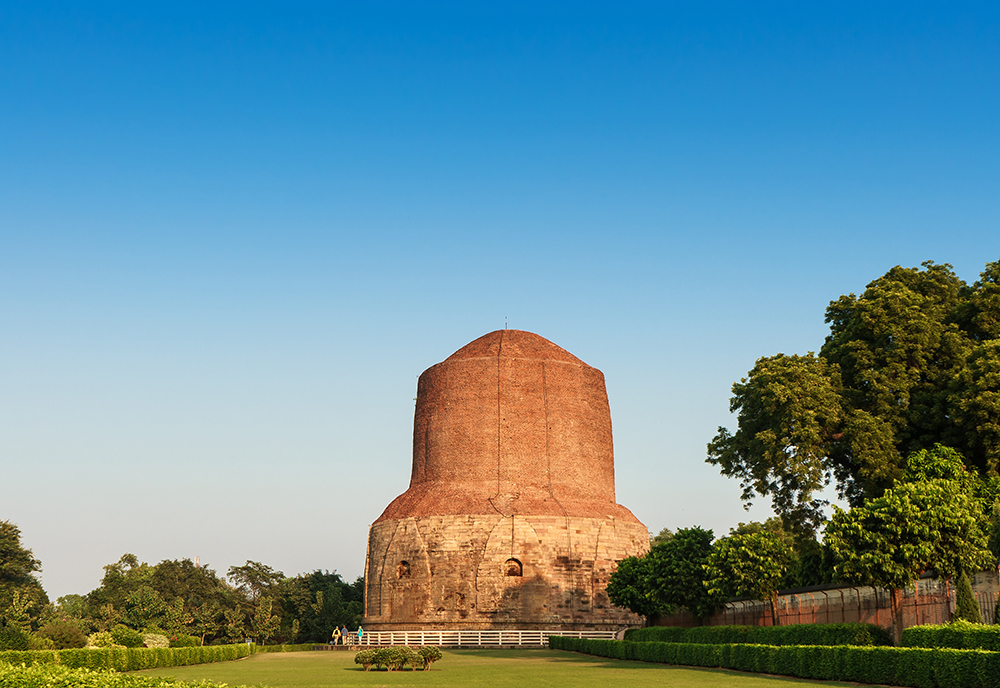
sarnat
Sarnath, on the outskirts of Varanasi, is known as the site where the Buddha gave his first teachings after attaining enlightenment. The Dhamek Stupa and the museum offer a chance to see the remains of early Buddhism and to better understand the origins of Buddhism in India and the ideas of reincarnation and liberation.
Tour Highlights Agra
The city flourished as the capital of the Mughal Empire and has a concentration of World Heritage sites, including the Taj Mahal, Agra Castle, and Fatehpur Sikri. The Taj Mahal, a chalk-white mausoleum of the finest Islamic architecture, attracts travelers from all over the world.
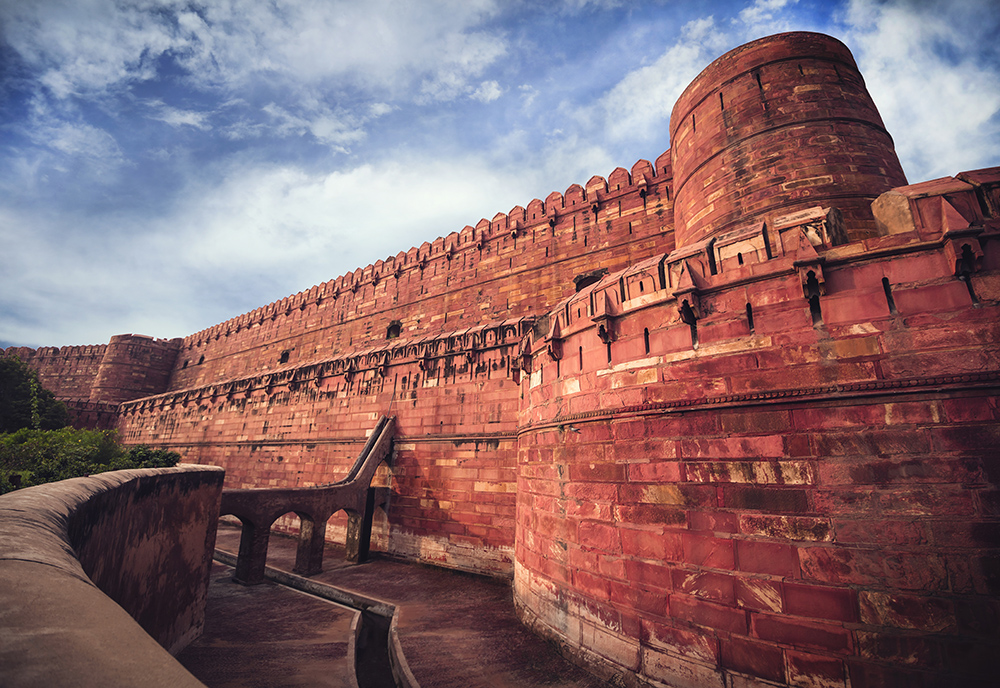
World Heritage Agra Castle
Built of red sandstone, this fortress symbolizes the power of the Mughal Empire, and the marble palace and audience hall remain within the castle. This historical structure, where Shah Jahan was imprisoned during his final years, was registered as a UNESCO World Heritage Site in 1983. It is best to visit in conjunction with the Taj Mahal for a better understanding.
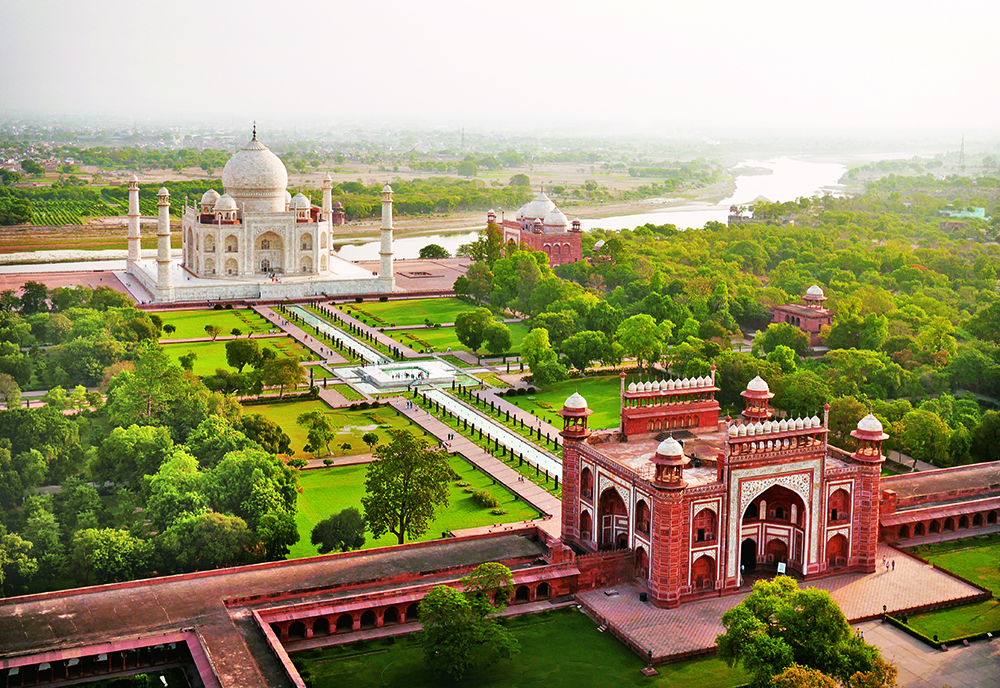
World Heritage Site Taj Mahal
The mausoleum built by the Mughal emperor for his queen is one of the largest marble buildings in the world. 22 years in the making and more than 20,000 craftsmen worked to complete it, and everything from the skillful inlay of gems into the marble to the perfect symmetry of the design and the beauty of the delicate arches is of a different dimension of perfection. Since its inscription on the UNESCO World Heritage List in 1983, it has captured the hearts of people around the world as "the building that gives form to eternal love. It is a place you must visit at least once in your lifetime.
Tour Highlights Delhi
The capital of India, where successive dynasties built their capitals, is dotted with World Heritage sites such as the Red Fort of the Mughal Empire and Qutub Minar. The chaos of Old Delhi and the orderliness of New Delhi coexist in this city where India's history and modernity intersect.
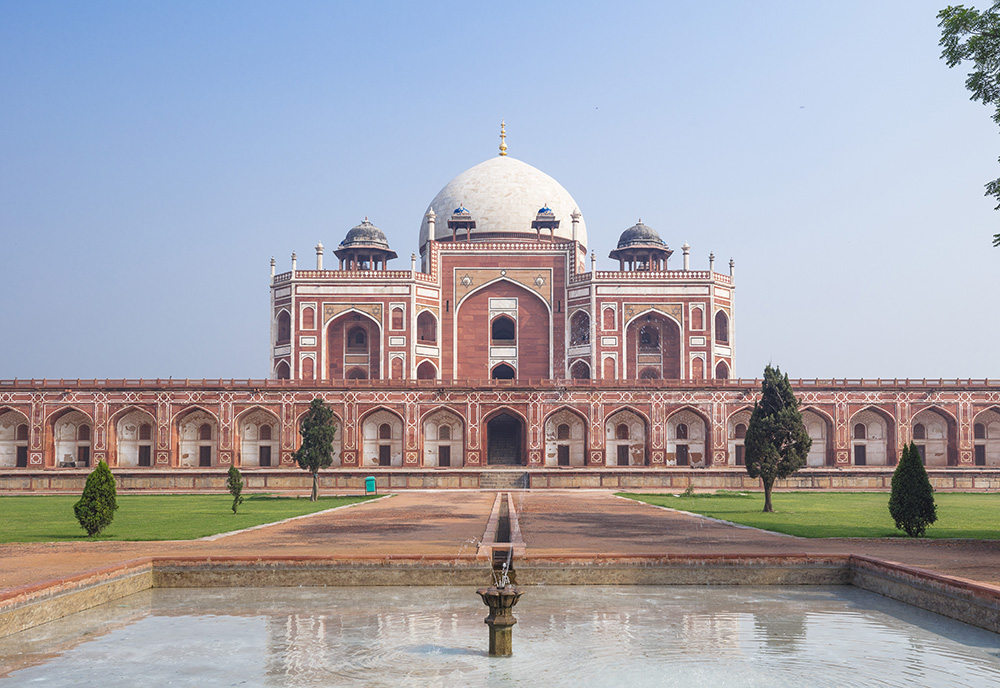
World Heritage Humayun Mausoleum
The tomb of the second emperor of the Mughal Empire, it is impressive for its symmetrical gardens and Persian-style dome. It was registered as a UNESCO World Heritage site in 1993, and is especially recommended for architecture lovers.
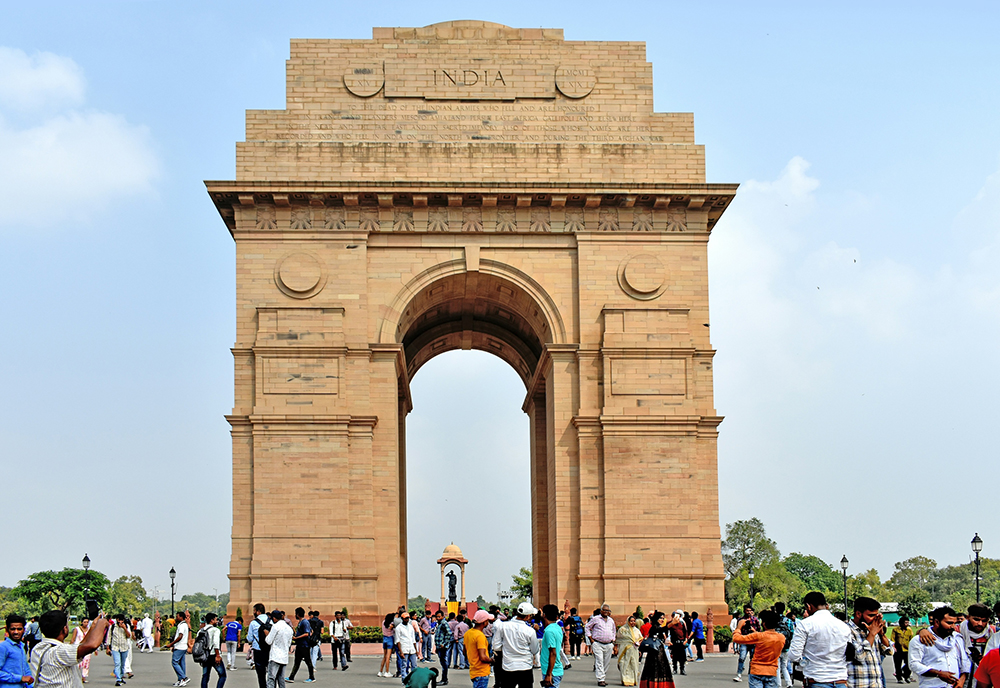
Gates of India
India Gate, rising majestically in the heart of New Delhi, is a memorial to the Indian soldiers who lost their lives in World War I. The names of the soldiers are engraved on the 42-meter-high arch, which is illuminated at night to create a fantastic atmosphere. Local people enjoy picnicking on the nearby lawn, making it a symbolic place where “everyday life and memories” of India intersect.
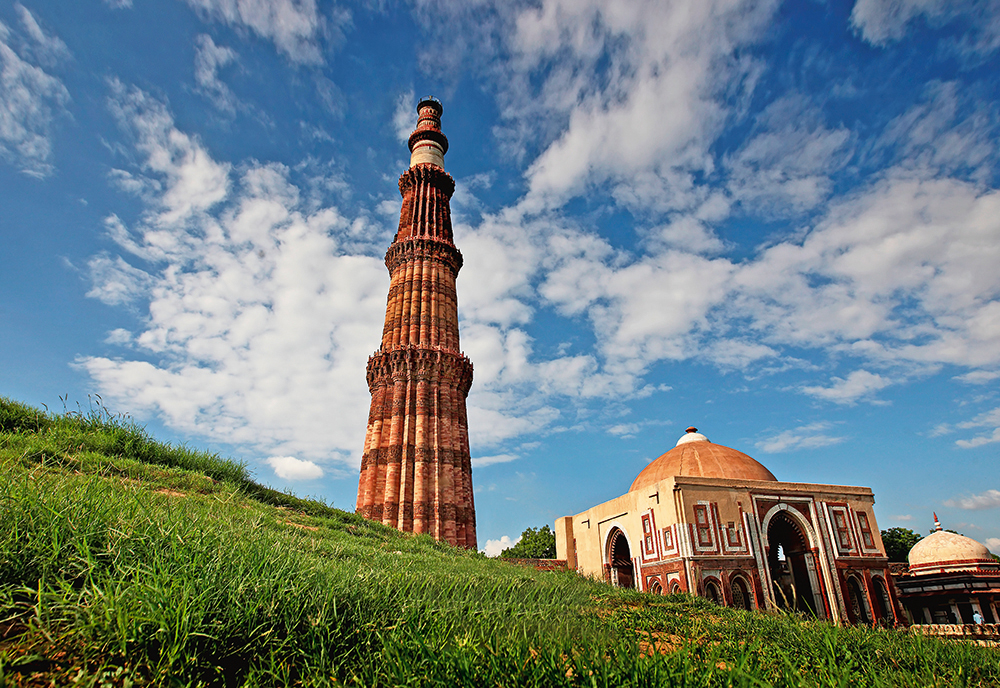
World Heritage Site Qutub Minar
The construction of this 72.5-meter-high minaret began at the end of the 12th century. It was registered as a UNESCO World Heritage Site in 1993. It is a precious spot where visitors can enjoy history and architecture at the same time.
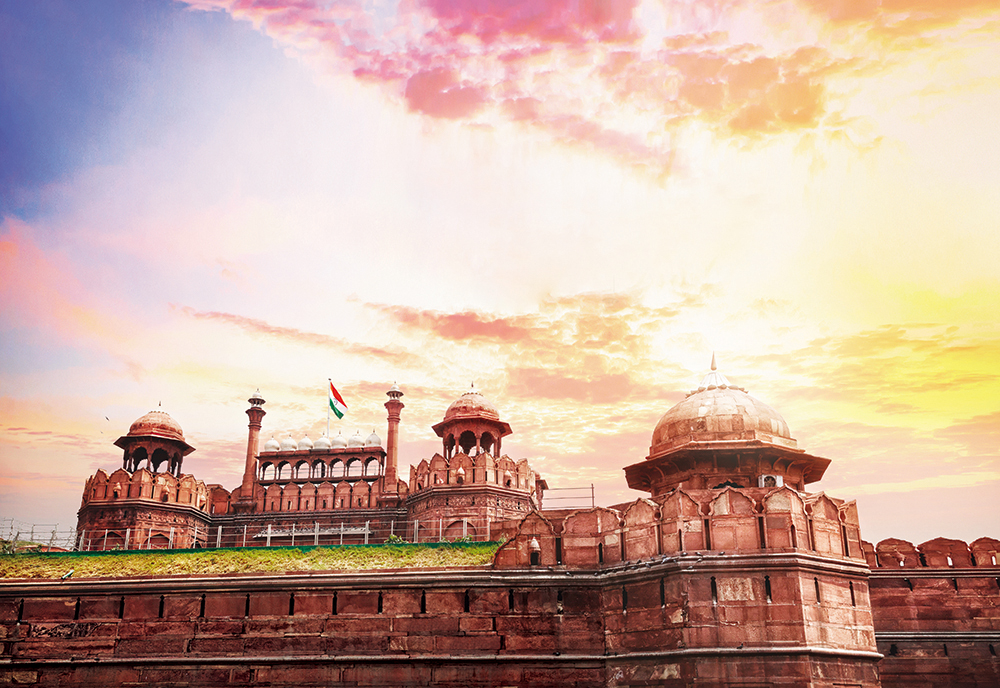
World Heritage Site Red Fort (Lal Kilaa)
A royal fortress built by Shah Jahan in the 17th century, it is also the site of the Prime Minister's speech on India's Independence Day. Visitors can see the magnificent red sandstone walls and former royal residences, which were declared a UNESCO World Heritage Site in 2007 and have special historical and political significance.
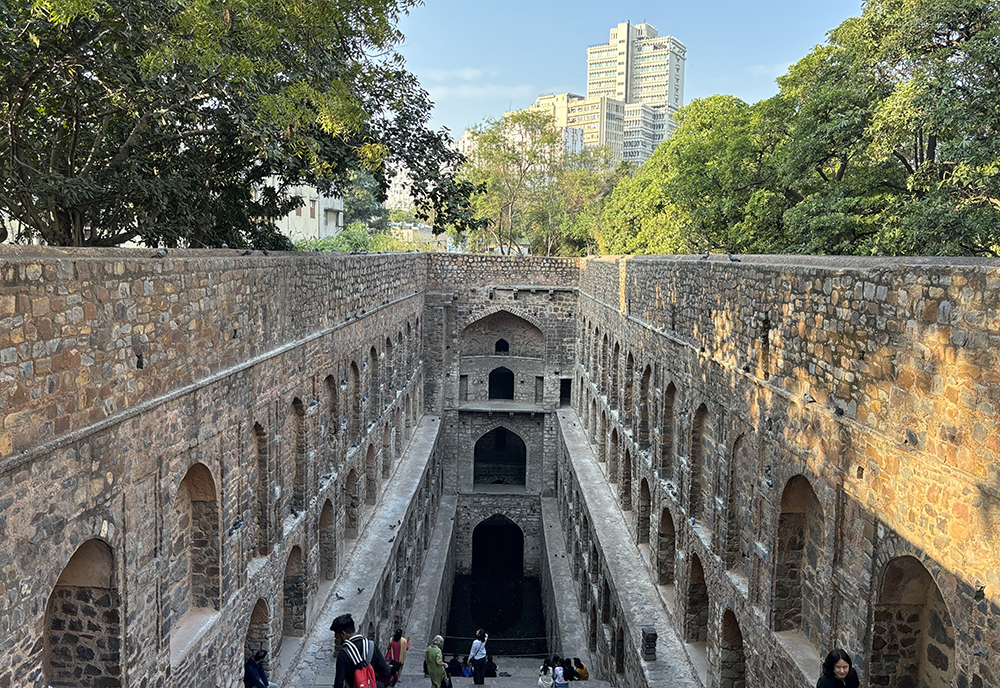
Agrarsen ki baoli.
It is believed to have been built around the 14th century, with three levels and 108 stone steps leading deep underground, and was a place where people gathered to cool off and socialize in the summer.
Tour Fees
This is only a reference itinerary. We will create your own tour with extra nights and other locations.
| For one person | From Rs. 98,500 (including 5%GST) |
|---|---|
| For 2 persons | From Rs. 73,500/person (including 5%GST) |
Included in the arrangement fee
- Japanese through guide
- meal
- Ranjan Homestay in Delhi*.
- Standard hotels outside Delhi
- Entrance fee, Taj Mahal sari or kurta rental for men (standard plan, free service)
- All transportation within India
You will stay at the home of our representative, Ranjan. This is a rare opportunity to experience the life of an ordinary Indian family.
Many guests say it is cleaner and more comfortable than a typical standard hotel.
During your stay, you will be able to experience the "real India" through strolling around the local markets in the neighborhood and cooking Indian food in the kitchen.
All rooms, lavatories, and showers are for the exclusive use of our guests.
We have a small dog. He is accustomed to people outside of the family, but we ask that you do not touch him unnecessarily, as he may bite on rare occasions. Please understand this in advance.
What is the actual homestay situation?InstagramYou can see the highlights in the "Homestay" section of the
If you wish to stay at a hotel, it is possible to change the room rate for an additional fee.

Items not included in the arrangement fee
- International flights (direct flights from Haneda by JAL or ANA are recommended. For more informationhere (place close to the speaker or where the speaker is))
- Bring your own camera fee (if you bring a camera other than a smartphone, a camera fee is required in addition to the admission fee)
- Gratuity for driver/guide (Rs. 500 per adult per day for each, for the number of days)
- Soft drinks and alcohol (if ordered)
Japanese through guide will guide you in a private car.
*The Red Fort is closed on Mondays. Sightseeing will be from the exterior on this day.
*The Taj Mahal is closed on Fridays.
*Other sightseeing may be moved back or forth in the order of the tour if it falls on an Indian national holiday or a holiday when the museum is closed.
Example Schedule
This is only a reference itinerary. We will create your own tour with extra nights and other locations!
Arrive in Delhi in the evening. Driver will meet you at the airport and take you to your accommodation.
| lodging place | Delhi*. |
|---|
In the morning, take a private car to Agra. After sightseeing at Taj Mahal, take an evening sleeper train (2nd class) to Varanasi.
| meal | Fat in the morning daytime fat evening fat |
|---|---|
| lodging place | stopping (e.g. train) |
Morning boat ride on the Ganges River and sightseeing in Varanasi.
In the evening, take a sleeper train (2nd class) to Buttagaya
| meal | Fat in the morning daytime fat evening fat |
|---|---|
| lodging place | stopping (e.g. train) |
Arrive in Buttagaya in the morning. Sightseeing upon arrival
| meal | Fat in the morning daytime fat evening fat |
|---|---|
| lodging place | Buttagaya. |
After sightseeing, take a sleeper train (2nd class) to Delhi after noon.
| meal | Fat in the morning daytime fat evening fat |
|---|---|
| lodging place | stopping (e.g. train) |
Arrival in Delhi, sightseeing in Delhi
(We will take you wherever you wish, time permitting)
(e.g. Qutub Minar, Humayun Mausoleum, Red Fort, Old Delhi, Spice Market, Sikh Temple, India Gate, Stairwell, Khan Market, shopping malls, etc.)
Transportation to the airport at least 3 hours prior to departure time (or by 9:00 p.m. at the latest for late night flights).
| meal | Fat in the morning daytime fat |
|---|
Hotel
- The following hotels or equivalent.
- We will accept your hotel grade preference, but we cannot specify the hotel.
- Additional fees vary depending on high season and time of application (more recent applications are more expensive).
- Hotels in India have very few twin rooms, and most of them have double or king-size beds. Therefore, even if you request a twin room, it may not be available.
- In the case of triple occupancy, the room may be divided into two single occupants and one double occupant, in which case the single occupancy surcharge will be added to the total. In this case, a separate single room supplement will be required.
For more information on the characteristics of lodging in India, please contactTrip Preparation_AccommodationPlease also check with the
Delhi
| Standard (additional charge required) | The Lohmod Hotel, Rockland Hotel *No additional charge for homestay |
|---|---|
| Superior (additional charge required) | Lemon Tree, ibis, Red Fox, Bloomrooms |
| Deluxe (additional charge required) | Le Méridien, Hotel Pride Plaza, The Grand New Delhi |
Varanasi
| Standard (no additional charge) | Hotel Yelchiko, Hotel New Temples Town, Heritage Pallavi International |
|---|---|
| Superior (additional charge required) | Hotel Meraden Grand, Palace on Ganges, Pristine Hotel |
| Deluxe (additional charge required) | The Clarks Varanasi, Radisson, Ramada Plaza |
Buttagaya.
The hotel will be of the same class as above.
About Private Cars
- I am a legitimate cab driver registered with the Government of India.
- All vehicles used must have passed inspection.
(This may seem obvious to you in Japan, but it is not always the case in India.)
Vehicles used
| Standard car (4-seater) | Maruti Suzuki "Dzire" class |
|---|---|
| For 5 or more persons | Toyota "Inova Crysta" class, etc. |
About Private Cars
A private air-conditioned car will be provided.
Drivers do not speak Japanese, but may be able to communicate in simple English.
All of the following costs are included in the fee
Driver meals and lodging, tolls, gasoline, and parking
Flexible support on the move
Flexible restroom and meal breaks are available.
About Meals
We do not have a specific designated dining area.
After hearing your wishes, we will take you to an Indian restaurant that is popular among local Indians. These eateries are not only delicious, but also hygienic, as they always use fresh ingredients due to the high turnover rate.
Since Indian people can also become ill due to unhygienic food, they are very careful about hygiene on a daily basis.
In addition, we try to refrain as much as possible from introducing stores that have not been very satisfactory to our Japanese customers in the past.
For those who do not like spicy food, we will introduce you to a restaurant where the spiciness can be adjusted. If you prefer a meal that is not spicy at all, we can take you to a fast food restaurant, as long as there is an appropriate restaurant nearby.
Please note that Western cuisine is more expensive and the number of restaurants that can accommodate it is limited. Please note that Western food is also available at an additional cost.
*Soft drinks and alcoholic beverages are also charged separately. Mineral water is free.
Payment, Cancellation and Disclaimer
here (place close to the speaker or where the speaker is)Please read and understand the following before applying.





